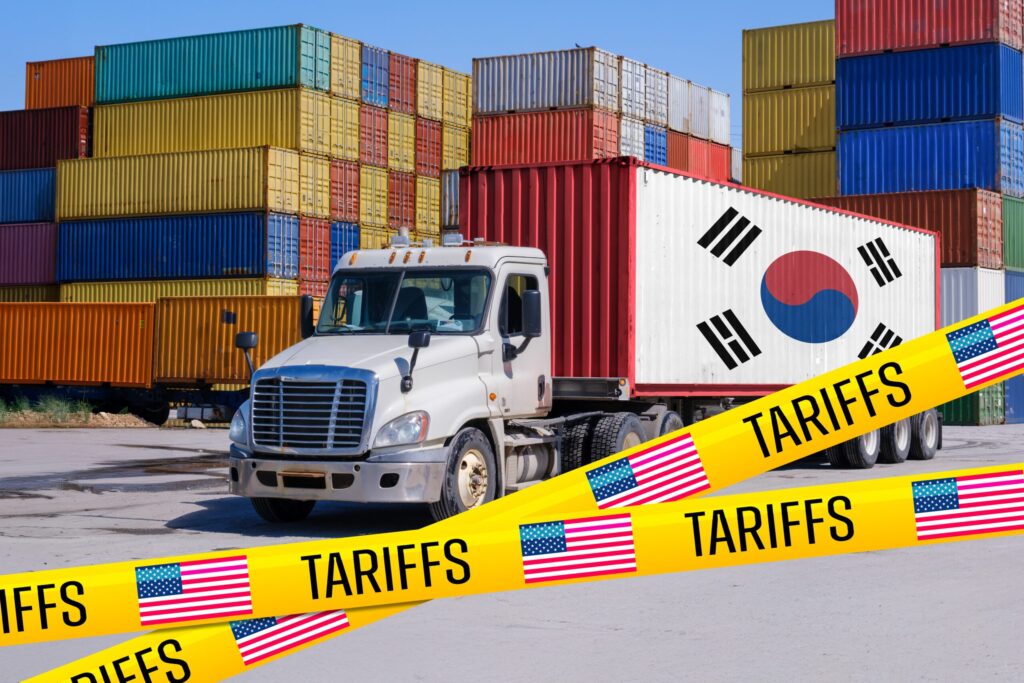Chuck Schumer a senator from New York recently characterised the economic achievements under the Trump administration as a “mirage.” However, a thorough examination of key economic indicators reveals a different story, one different from Chuck who always plays politics, he has nothing to offer except from playing politics in my view. I would like to think an effective senator would at least challenge the President and articulate how he will do things differently but Chuck always plays politics. Numbers, unlike opinions, offer a concrete basis for evaluating economic performance, and the data suggests a robust and resilient economy.
Read also: Trump Threatens Higher Tariffs on India Over Russian Oil Purchases
Consider the latest figures released today, August 1, 2025, which indicate that the U.S. economy added 147,000 jobs in June. This figure surpasses expectations and demonstrates continued growth in the labor market. Contrary to predictions of an impending recession and widespread market panic, the jobs report paints a picture of stability and strength. These figures challenge the narrative of economic fragility and highlight the enduring positive impacts of policies enacted by the Trump administration.
The unemployment rate has recently fallen to 4.1%, as reported by the Labor Department, further solidifying the narrative of a thriving labor market. Moreover, both U.S. and U.K. stock markets have reached all-time highs, rebounding impressively since Trump Liberation Day. The S&P 500 now stands at a record 6,305 points, while the FTSE has surged to 9,000 points, underscoring investor confidence and market strength.
Additionally, tariffs implemented under the Trump administration are yielding substantial revenue, with $150 billion collected so far this year and projections indicating a total of $300 billion by the end of the year. While inflation currently stands at 2.7%, slightly above the target rate of 2%, it remains relatively low, contributing to overall economic stability. These indicators collectively paint a picture of sustained economic momentum and resilience, challenging assertions of economic stagnation or decline.
A critical question now becomes clear: Why has the Federal Reserve refrained from lowering interest rates? A one-point reduction in rates could have a transformative impact on the economy. Lower mortgage rates would enable homeowners to refinance, leading to significant savings and increased financial flexibility. Businesses with outstanding loans would also benefit from reduced interest payments, boosting profitability and investment potential.
Furthermore, consumers would see relief in the form of lower interest rates on credit cards, car loans, and personal loans, freeing up disposable income. Even the federal government could realise substantial savings on its debt obligations. The potential benefits of a rate cut are clear and far-reaching, raising questions about the factors influencing the Federal Reserve’s current stance. This might be a political move by Powell but who knows? Even his colleagues are challenging him on interest rates.
According to Trump, a one-point rate cut could save the federal government $650 billion. With a relatively stable inflation rate, robust job numbers, and substantial tariff revenue, the U.S. economy appears to be on solid footing, albeit with careful consideration needed for tariff implementation. However, Federal Reserve Chair Jerome Powell remains hesitant to lower interest rates, a decision that, according to some, is costing Americans billions in potential savings.
While caution is understandable, the economic data seemingly supports a rate cut. The argument is that higher interest rates are detrimental across the board. The potential benefits of lower rates increases savings for individuals, businesses, and the government. This divergence between economic performance and monetary policy raises questions about the Fed’s assessment and priorities.
Trump has recently announced a trade deal with South Korea, under which South Korea will pay 15% tariffs on exports to America to avoid a higher 25% tariff which would have been in effect August 1st. The deal also includes a commitment from South Korea to invest $350 billion in the U.S. This deal is similar to the deals with Japan and the European Union, all aimed at rebalancing trade imbalances with America’s top trading partners.
Under the terms, cars and semiconductors from South Korea will face a 15% tariff, while steel and aluminum will be tariffed at 50%, aligning with the global rate set by President Trump. These measures are intended to reshape trade relationships and boost domestic industries.
Trump’s tariff policy is based on the principles of fair and reciprocal trade meaning whatever you charge us, we will charge you. This approach aims to rebalance the existing trade imbalances between the U.S. and its global partners. The recent trade agreement with South Korea is seen as a significant win for both nations. South Korea avoided paying high tariffs and America gets investment pledges.
South Korea’s commitment to invest $350 billion in the U.S. is expected to stimulate job creation for American workers. This investment not only strengthens economic ties but also aligns with Trump’s broader strategy of using tariffs to foster domestic growth and correct trade disparities.
The $350 billion investment from South Korea is expected to support the U.S. in building new ships, including warships, enhancing both economic and defense capabilities. The US have old ships so this deal helps both South Korea industries and American war capabilities. A win win situation. Furthermore, America is still committed to defending South Korea in case of an attack from an enemy potentially North Korea.
This trade deal is part of a broader trend of reshaping global commerce, with an emphasis on rectifying trade imbalances. The new approach signals that significant disparities in trade relationships will no longer be tolerated.
Commerce Secretary Howard Lutnick likes to put it “Americans are the best customers on earth,” underscoring the value of the U.S. market in these evolving trade dynamics. This shift aims to create a more equitable and sustainable framework for international trade.

